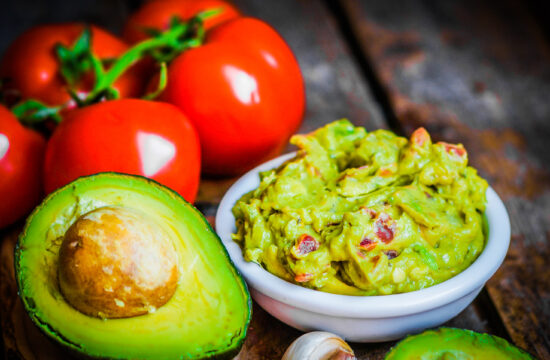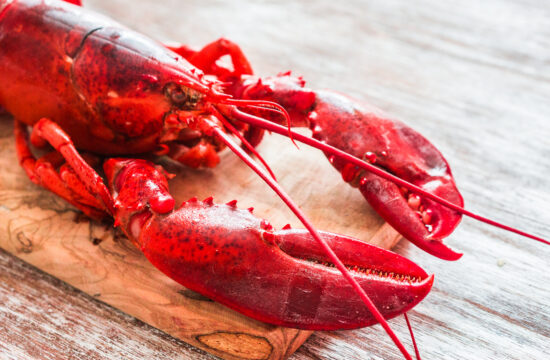Are you ready to start your weight loss journey? Whether you’re looking to lose a few pounds or overhaul your entire lifestyle, it all starts with healthy eating. In this article, we’ll cover the basics of dieting, including what to eat, how to plan your meals, common mistakes to avoid, and tips for staying on track towards achieving your goals. Let’s get started!
Introduction to Healthy Eating
The key to successful dieting is creating a balanced diet that provides your body with the nutrients it needs to function properly. A balanced diet includes plenty of fruits and vegetables, whole grains, lean proteins, and healthy fats. It’s also important to limit your intake of processed foods, sugary drinks, and high-fat dairy products. By focusing on whole, unprocessed foods, you can ensure that your body is getting the nutrition it needs to thrive.
The Importance of a Balanced Diet
A balanced diet isn’t just important for weight loss – it’s essential for overall health and wellbeing. When you consume a balanced diet, you’re providing your body with the vitamins and minerals it needs to fight off illnesses, build strong bones and muscles, and maintain optimal organ function. Additionally, a balanced diet can help improve cognitive function, reduce inflammation throughout the body, and lower your risk of chronic diseases like heart disease and type 2 diabetes.
Understanding Calories and Macronutrients
Calories are the energy units that fuel our bodies, but not all calories are created equal. To achieve optimal health and weight loss success, it’s crucial to understand the different types of macronutrients (carbohydrates, protein, and fat) and their role in your diet. Carbohydrates provide quick energy, while protein helps build and repair tissues, and fat provides a sustained source of energy. By understanding the balance between these macronutrients, you can create a personalized meal plan that works best for your individual needs.
Creating a Meal Plan for Success
Once you have a good understanding of the basic principles of healthy eating, it’s time to create a meal plan that works for you. Start by assessing your current diet and identifying areas where you need improvement. Consider consulting with a registered dietician who can offer personalized advice based on your unique needs and goals. Remember, consistency is key when it comes to meal planning. Try to stick to regular mealtimes and snack times each day to keep your metabolism firing on all cylinders.
Common Mistakes When Starting a New Diet
One of the most common mistakes people make when starting a new diet is being too restrictive. While it may be tempting to cut out entire food groups or follow an extreme diet plan, this approach often leads to burnout and failure. Instead, focus on making gradual changes to your diet and incorporating more healthy options into your routine. Another mistake is not tracking progress. Keeping a food journal or using a fitness app can help you stay accountable and monitor your progress along the way.
Tips for Staying on Track with Your Diet Goals
Sticking to a new diet can be challenging, especially if you’re used to old habits and routines. Here are some tips for staying on track with your diet goals:
Set realistic goals: Start small and set achievable goals that will motivate you to continue.
Find support: Join a community group or find an accountability partner who can offer encouragement and guidance.
Be prepared: Plan ahead and stock your pantry with healthy snacks so you always have something on hand when cravings strike.
Practice mindful eating: Pay attention to your hunger levels and fullness cues to prevent overeating.
How to Make Healthier Food Choices
Making healthier food choices doesn’t mean depriving yourself of delicious foods. Instead, try to opt for whole, minimally processed foods that are rich in nutrients. Some examples include:
Fresh fruits and veggies: Look for colorful produce that’s in season and aim to fill half your plate with these nutritious options.
Whole grains: Choose whole wheat bread, brown rice, quinoa, or other whole grain options instead of refined carbs.
Lean proteins: Opt for chicken breast, fish, legumes, or tofu as a source of protein instead of red meat.
Healthy fats: Avocado, nuts, seeds, and olive oil are great sources of healthy fats that can help satisfy your hunger and boost brain function.
The Role of Exercise in Weight Loss
Exercise plays an important role in weight loss and overall health. Not only does exercise help burn calories, but it also improves cardiovascular health, builds stronger muscles and bones, and reduces stress levels. Aim for at least 30 minutes of moderate physical activity per day, such as brisk walking, cycling, or swimming. If possible, increase your intensity level gradually to maximize results.
Overcoming Plateaus and Setbacks
It’s normal to experience setbacks and plateaus during your weight loss journey. When faced with obstacles, don’t give up. Instead, take a step back and evaluate your progress. Are there any adjustments you could make to your diet or exercise routine? Would it benefit you to seek professional guidance from a registered dietician or personal trainer? Remember, weight loss is a process, and it takes time and dedication to achieve long-term success.
Conclusion: Next Steps Towards Achieving Your Goals
Congratulations on taking the first steps towards achieving your weight loss goals! Remember, dieting is about more than just losing weight – it’s about adopting healthy habits that will last a lifetime. By following the principles outlined in this guide, you can create a personalized diet plan that works best for your individual needs and goals.









